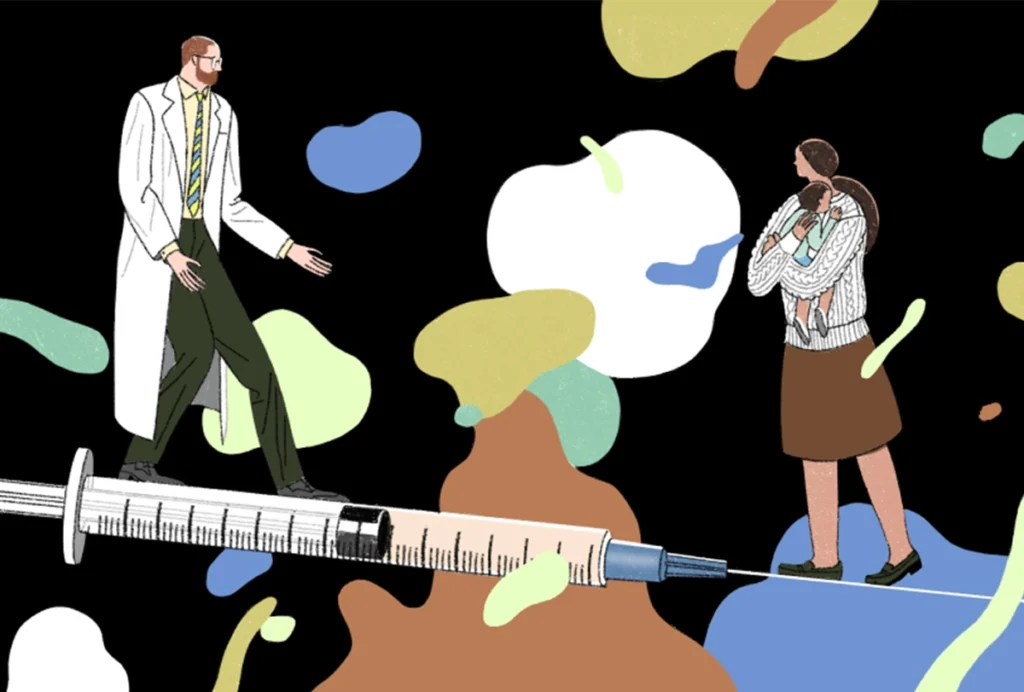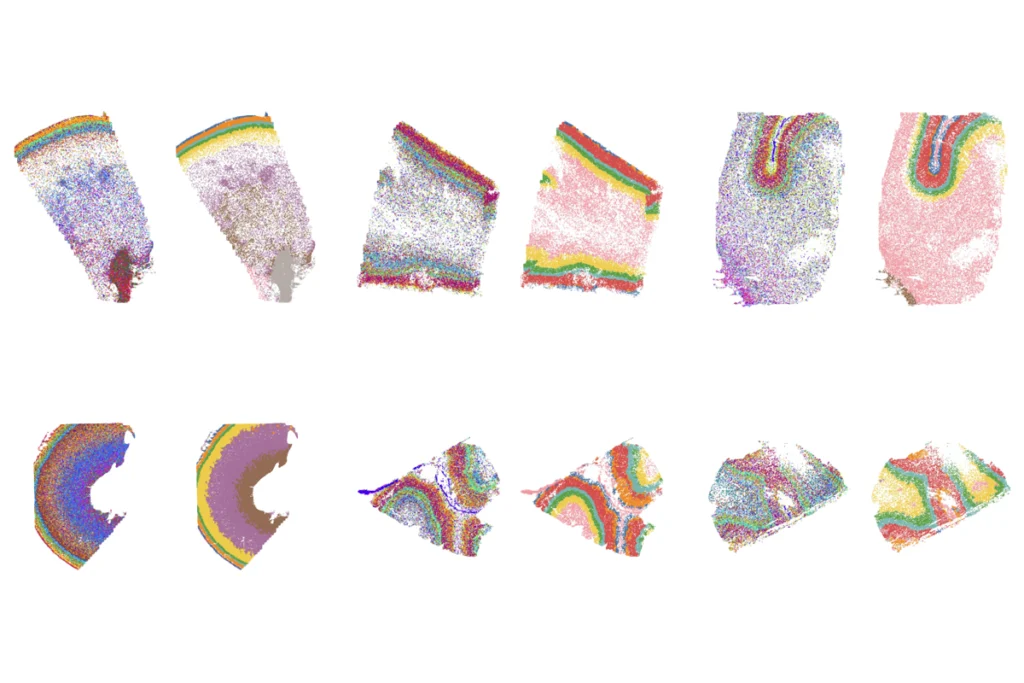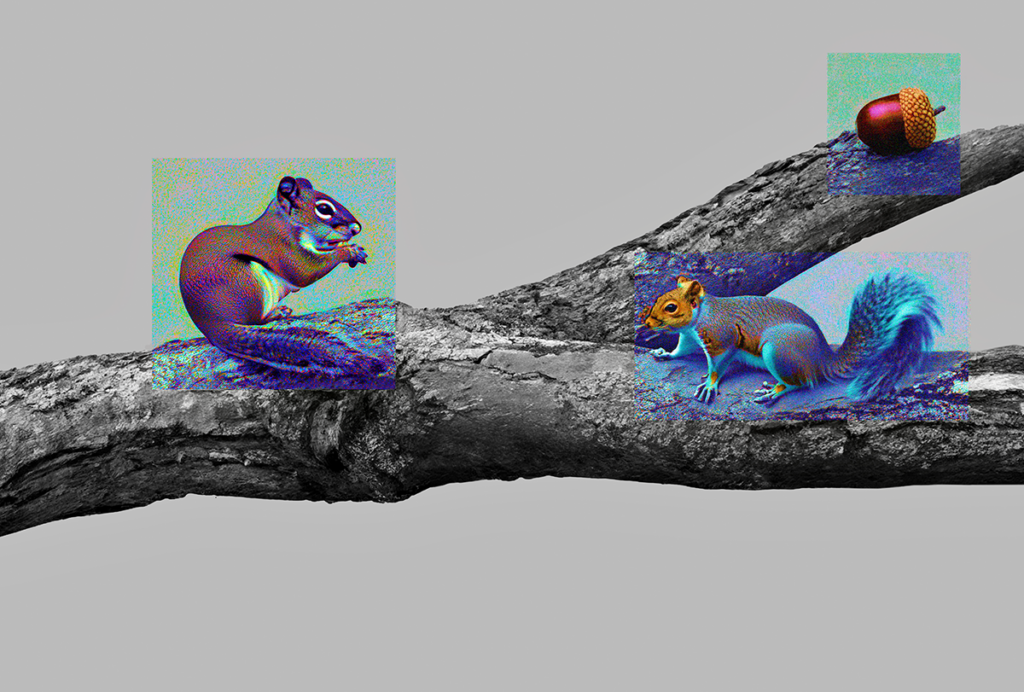Let there be light
For decades, those who study brain cell activity have faced a fundamental trade off: either closely monitor the activity of a single cell or look at the circuit level to see how large groups of neurons communicate with each other.
For decades, those who study brain cell activity have faced a fundamental trade off: either closely monitor the activity of a single cell or look at the circuit level to see how large groups of neurons communicate with each other.
A new technique, optogenetics, makes it possible to study both the micro and the macro levels of brain activity.
The technique allows scientists to stimulate activity in specific types of neurons with light, rather than with invasive metal electrodes.
Stanford University bioengineer Karl Deisseroth, who has used optogenetics in live mouse models since 2007, described the technique to a packed room of about 50 scientists this morning at the Society for Neuroscience conference.
First, scientists insert a gene that encodes a membrane protein ― belonging to a microbial class called ‘opsins ― into the brain tissue of mice or rats. Within a few days, the targeted brain cells take up the gene and begin expressing opsins.
Opsins are sensitive to light. For instance, if the protein channelrhodopsin-2 is taken up by mouse neurons, scientists can induce the cells to fire just by exposing them to a light source. The light is typically a laser or fiberoptic cable that travels through a surgical shunt into the targeted brain tissue.
Deisseroth showed a stunning video of a rodent that had received this opsin protein in the right side of its motor cortex, the brain region that controls movement on the left side. At the beginning of the clip, the rodent was freely exploring a cage. But every time scientists flashed a light through the shunt, the light stimulated its motor neurons, causing it to immediately veer left, running in counterclockwise circles.
For autism research, Deisseroth says the technique may be useful in observing the way neurons communicate in various mouse models.
For instance, a juvenile ‘autistic-likeʼ mouse, after going through the optogenetic procedure, enters a rectangular chamber. On one side of the chamber is a passageway to a space that contains objects; on the other side is a passageway to a space that contains other mice. By stimulating the right type of neurons with light, scientists could control which chamber the mouse chooses to explore.
“The idea is that with this technique, we’re able to really tune sociability,” Deisseroth says. “Hopefully, we’ll get to a circuit-level understanding of that sociability drive.”
For all reports from the Society for Neuroscience annual meeting, click here.
Recommended reading

Olfaction; autism-linked genes in monkeys; eye movements

Roundup: The false association between vaccines and autism

New human brain atlas charts gene activity and chromosome accessibility, from embryo to adolescence
Explore more from The Transmitter
Plaque levels differ in popular Alzheimer’s mouse model depending on which parent’s variants are passed down

